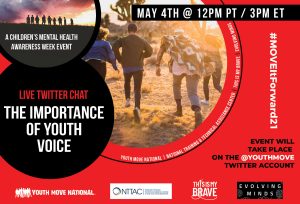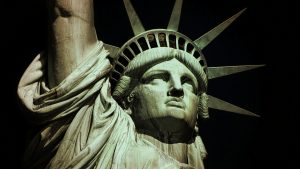Trans Day of Visibility (TDOV) is an annual awareness day to celebrate the lives and contributions of transgender and nonbinary people around the world. This day is dedicated to celebrating accomplishments while raising awareness of the work that still needs to be done to achieve Trans Justice.
TDOV was created in 2010 by trans advocate Rachel Crandall. Crandall, the head of Transgender Michigan, created TDOV in response to the overwhelming majority of media stories about transgender people being focused on violence. She hoped to create a day where people could re-focus on celebrating the lives of transgender people, empowering them to live authentically, while still acknowledging that due to discrimination, not every trans person can or wants to be visible.
In celebration of today, we are amplifying the voices of trans and nonbinary communities with our intersectional perspective gallery and uplifting resources.
Source: Transgender Day of Visibility | GLAAD
Resources:
What Helps & What Harms – Transgender & Nonbinary Youth Navigating Mental Health >>
Youtube Video from OutRight Action International on International Transgender Day of Visibility>>
Intersectional Perspective Gallery Highlights:

Elliott Hinkle –
What advice would you offer people looking to support Trans and Nonbinary young people impacted by child serving systems?
“Anytime I get the opportunity to train, speak to, or partner with others in relation to my own lived experience and supporting Trans and Nonbinary young people, it is important to me to underscore that loving and affirming Queer, Trans, and Nonbinary youth and people is suicide prevention. “

Maxx Labrie –
Disability Justice in Youth Peer Support – What does that look like based on your knowledge and experience?
“A main focus of peer support is “meeting folks where they are” to ensure that they are getting what they need in a self- determined manner. Including disabled individuals into every aspect of the planning and implementation of your peer support programs is essential to providing this necessary service. When in doubt, ask the disabled individuals in your community how you can better include them, listen and take action.”

Nakiya Lynch –
Disability Justice in Youth Peer Support – At the intersection of race, gender, neurodiversity, and mental health – What are some barriers to receiving quality healthcare?
“I think people aren’t educated enough about the spectrum of experience with Neurodiversity. In my opinion, when we hear about neurodiverse people we don’t view them as people with different experiences or different brains who require environments that offer unique approaches to understanding information.”




